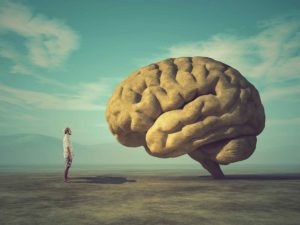Since the Golden Age began in 2012 Patanjali, the Father of Yoga has been recognized as a great scientist. His teachings are very precise. The proper way to work with him is through his words which are found in the Yoga Sutras.
The Sutras are very short phrases. Patanjali uses very few words to explain certain concepts. His use of language is highly important. According to Patanjali, creation itself began using language.
When you speak about something, you create a psychological reality and a material reality. The psychological reality is not the physical reality. For instance, ‘home’ is a word and is different from a real home. But, for Patanjali and the angels, there is no difference between the idea and the object.
 Words Have Power
Words Have Power
In a higher level of consciousness, the idea and the object become one through the use of sophisticated language. This is what happens in the Yoga Sutras of Patanjali; he uses language in a very advanced way. For him to say something is to create the reality itself in a material way.
Dr. Pillai points out how, for example, the phrase ‘Yogaschittavritti Nirodhah‘ can be said in any language but nothing will happen if the word is just spoken. The phrase means ‘to stop the mind’, but for the reality to be created, the words must be repeated over and over in a process called ‘Samyama’, a technique which many people fail to understand and apply correctly. Samyama is one meditation in which three meditations are involved; the first is called ‘Dharana’.
Dharana – Single Focus
Dr. Pillai has described Dharana as: “Concentrating on just one object without any interruption”. If you use the Sutra of Patanjali ‘Desh Bandhasyaa Chittasya Dharana‘ still thoughts will come and go, but the aim is to concentrate without mind chatter taking center stage. An example could be going for a walk – the single focus is on walking and nothing else. That is step one.
Pratyaya – Gaining Mastery over External Influences
Step two goes deeper into the concentration process and takes you to the ‘Pratyaya’ stage, the practice of being aware of an object without any form of attachment. This Patanjali describes as ‘Ektanata Dhyanam’ which means ‘a steady flow of attention towards the same region or point’. In the walking example, the mind now pays attention to the deeper aspects of walking such as the point where the foot makes contact with the floor.
Samadhi – The Journey from Individual to Collective Consciousness
The third level is the most important, it is called ‘Samadhi‘. At this level, Dr. Pillai says: “There is no subject, only the object. You concentrate on the object completely without the ‘I’ consciousness, without your ‘self’; there is no soul, no mind, no consciousness involved”. Your consciousness goes completely into the object or process and you understand it totally. In the example of walking, the mind is totally absorbed in each footstep making contact with the floor. You remain intensely present but without a point of view. It is as if the process of walking exists but you don’t. You lose a sense of your own individual identity.
Samyama is a process of combining all three meditations—Dharana, Dhyana and Samadhi. When you do this Dr. Pillai says: “You can do anything that you want to on earth”. When you master the art of silencing and controlling the mind, you can attain Siddhi powers. They are said to include becoming invisible, knowing the future, entering into somebody else’s body, and even flying. We are all capable of achieving Siddhi powers, but to reach this level we must master the art of Samyama.
Stand in the Realm of Light
During Dr. Pillai’s 2020 birthday celebrations, worshippers can visit the tomb of Patanjali where he is still very much alive in his light body. It was at this sacred spot that Dr. Pillai had his first enlightenment as a young boy. People from previous trips have reported a sense of extraordinary peace, ease of meditating and telepathic communication with Patanjali.
God bless,
Admin
« Powerful Ways to Channel from the Masters Achieve the Impossible with Hanuman »